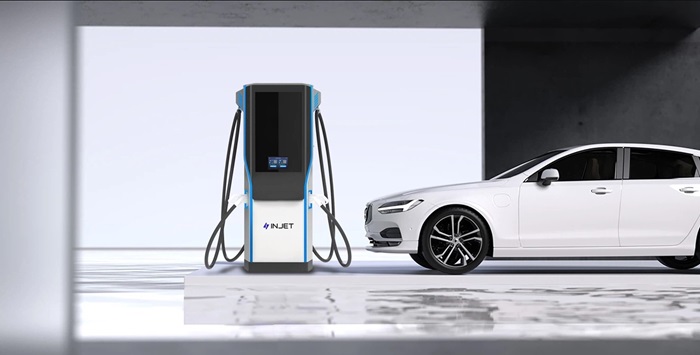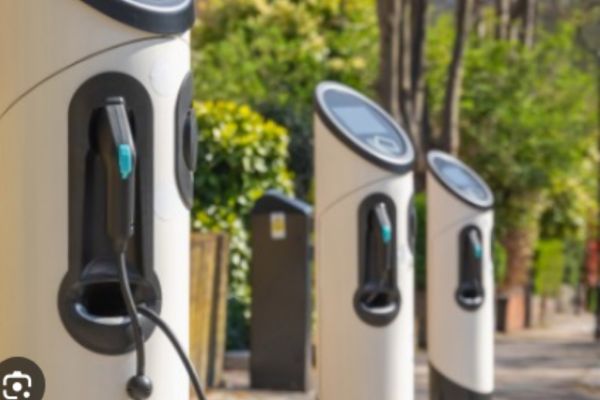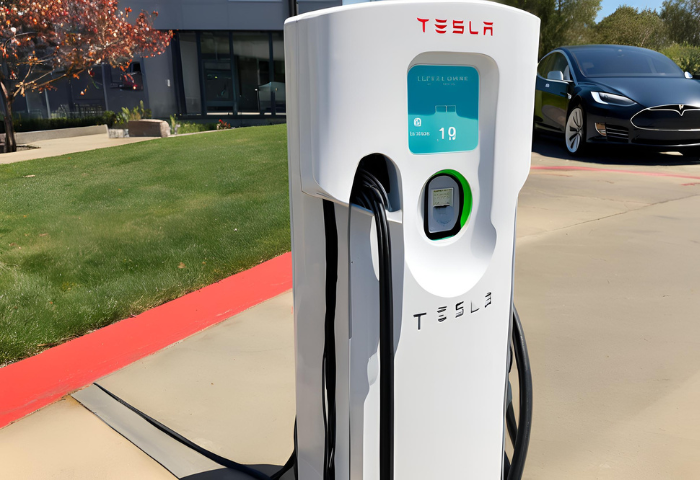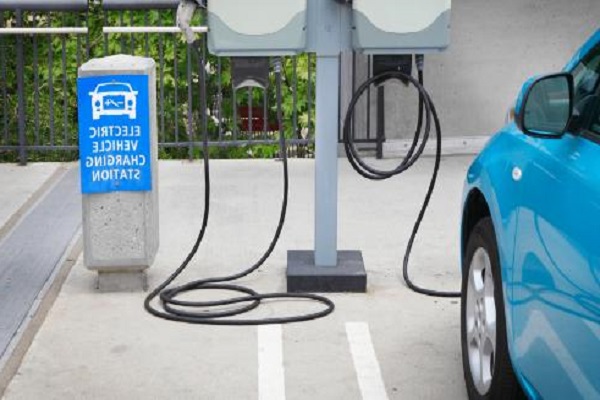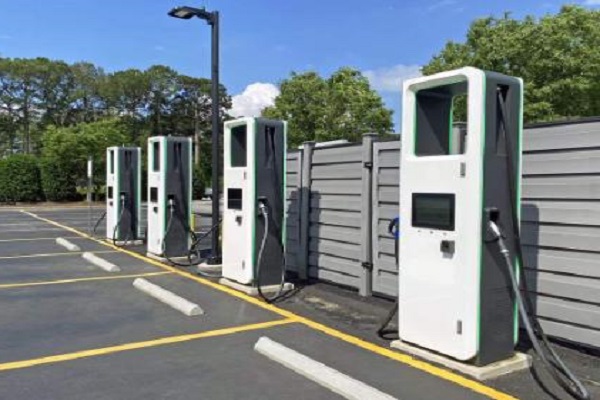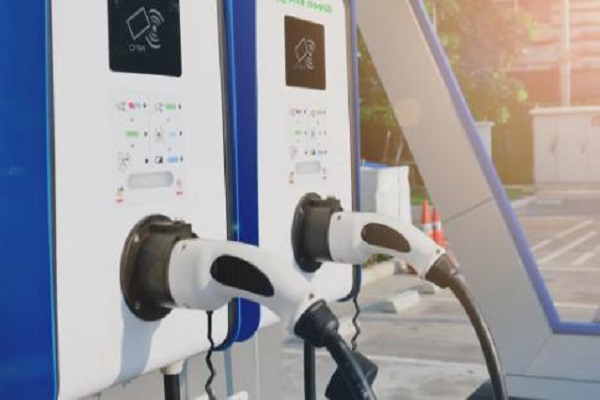Revolutionizing Rapid Charging: Level 3 EV Chargers
As the world transitions towards sustainable transportation, electric vehicle (EV) charging technology plays a critical role in facilitating widespread adoption. Understanding the different levels of EV charging is essential for grasping the evolving landscape of electric mobility. In this guide, we’ll explore the fundamentals of EV charging technology and highlight the significant features and benefits of Level 3 charging.
1. Understanding Level 3 Charging
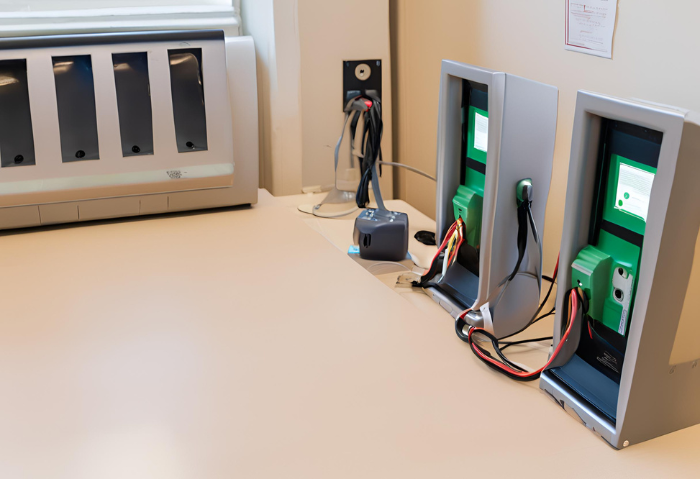
1.1 Understanding the Different Levels of EV Charging
Level 1 Charging:
- Utilizes standard 120-volt household outlets.
- The basic charging option is suitable for overnight charging and basic residential use.
- Provides slower charging rates compared to higher levels but offers convenience and accessibility for daily commuting.
Level 2 charging:
- Requires 240-volt electrical supply and dedicated charging stations.
- Offers faster charging rates compared to Level 1, ideal for home, workplace, and public charging.
- Enhances charging efficiency and reduces charging time for EV owners.
Level 3 Charging (DC Fast Charging):
- Employs high-powered charging stations with direct current (DC) technology.
- Provides rapid charging capabilities, delivering significant mileage in a short time frame.
- Designed for long-distance travel and quick top-ups, it offers convenience and flexibility for EV drivers.
1.2 Level 3 EV Charging: How Fast Is It?
Level 3 chargers, also known as DC fast chargers, boast unparalleled speed and efficiency, making them indispensable for EV drivers on the go. Here’s a detailed discussion on the speed and efficiency of Level 3 chargers compared to Level 1 and Level 2 chargers:
- Speed: Level 3 chargers can deliver up to 200 miles of range in as little as 20–30 minutes, significantly outpacing the charging speeds of Level 1 and Level 2 chargers.
- Efficiency: The high-powered nature of Level 3 chargers ensures rapid charging, enabling EV drivers to quickly recharge their vehicles during long-distance travel or on-demand charging needs.
- Comparison with Level 1 and Level 2 Chargers: While Level 1 and Level 2 chargers are suitable for routine charging at home or work, Level 3 chargers offer unmatched speed and convenience, making them essential for EV drivers undertaking longer journeys or requiring rapid charging capabilities.
2. Technical Aspects of Level 3 Charging
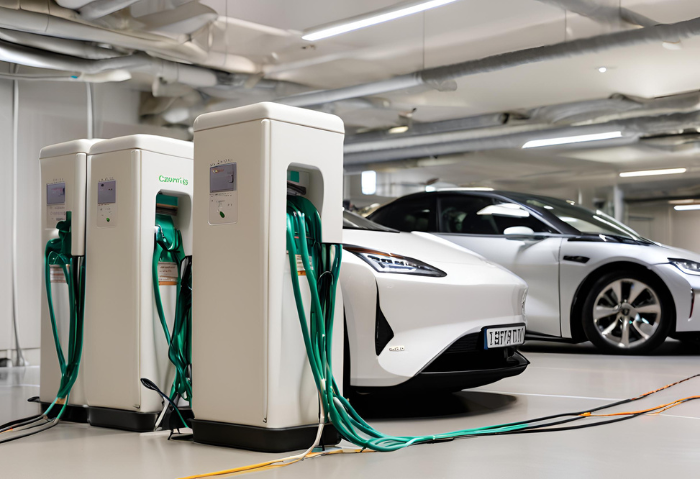
2.1 Power Requirements for Level 3 Charging
Level 3 charging, also known as DC fast charging, demands robust power infrastructure to deliver rapid charging capabilities. Here’s a closer look at the power requirements and infrastructure implications:
Infrastructure Requirements: Level 3 charging stations require high-voltage direct current (DC) connections and significant power supply capacity. Installation of Level 3 charging infrastructure involves considerations such as grid connection capacity, site location, and compatibility with existing electrical systems.
Power Grid Considerations: Implementing Level 3 charging infrastructure may necessitate upgrades to the local power grid to accommodate the increased demand. Utilities and grid operators must assess the impact of additional load on distribution networks and plan accordingly to ensure reliability and stability.
Implications for Power Consumption: Level 3 charging stations draw substantial power from the grid during charging sessions, leading to increased power consumption compared to lower-level chargers. As electric vehicle adoption grows, managing power demand and optimizing grid utilization become critical challenges for utilities and policymakers.
2.2 Innovations in Level 3 Charging Technology
Recent technological advancements have propelled Level 3 charging to new heights, enhancing its efficiency, reliability, and user experience. Here are some notable innovations in Level 3 charging technology:
High-Efficiency Charging Protocols: Advanced charging protocols and communication standards, such as ISO 15118 and CHAdeMO, optimize charging sessions for maximum efficiency and interoperability between EVs and charging stations.
Liquid-Cooled Charging Cables: Liquid-cooled charging cables mitigate heat buildup during high-power charging sessions, ensuring consistent performance and reliability while extending the lifespan of charging equipment.
Modular Charging Infrastructure: Modular charging infrastructure designs enable scalability and flexibility in deploying Level 3 charging stations, allowing for rapid expansion and customization to meet evolving market demands.
2.3 Emerging Technologies in Level 3 Charging
Looking ahead, several emerging technologies show promise in further improving the performance and capabilities of Level 3 charging:
Solid-State Battery Technology: Advancements in solid-state battery technology promise higher energy density, faster charging rates, and enhanced safety, potentially revolutionizing the EV charging landscape and reducing reliance on traditional lithium-ion batteries.
Wireless Charging Solutions: Wireless charging technologies, such as inductive charging and resonance charging, offer the convenience of cable-free charging experiences for EV drivers, paving the way for seamless integration of Level 3 charging in urban environments and public spaces.
Vehicle-to-Grid Integration: Vehicle-to-grid (V2G) technologies enable bidirectional energy flow between EVs and the grid, allowing EVs to serve as mobile energy storage units and participate in grid balancing and demand response programs, enhancing grid resilience and sustainability.
3. Practical Applications
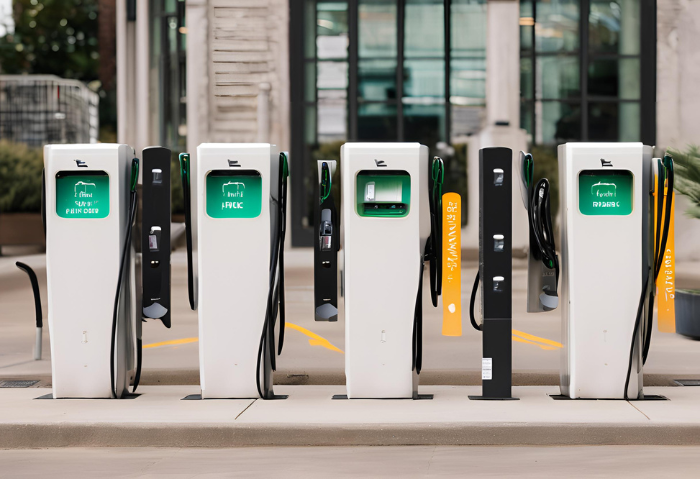
3.1 Public Charging Stations and Availability
Level 3 charging stations play a crucial role in facilitating long-distance travel and providing on-the-go charging options for electric vehicle (EV) drivers. Here’s an analysis of their distribution and accessibility in public spaces:
Distribution Analysis: Level 3 charging stations are strategically located along highways, major thoroughfares, and urban centers to support EV drivers during long-distance travel. However, their distribution may vary based on geographical location, infrastructure investments, and regulatory frameworks.
Accessibility: While Level 3 chargers are increasingly prevalent in metropolitan areas and along popular travel routes, accessibility may still be limited in certain regions. Efforts to expand public charging infrastructure, coupled with collaborations between government agencies, utilities, and private stakeholders, are essential to improve accessibility and promote EV adoption.
Connectors and Compatibility: Level 3 charging connectors, such as CCS (Combined Charging System) and CHAdeMO, are designed to accommodate high-power charging sessions. EV manufacturers incorporate compatible connectors into their vehicles to ensure seamless interoperability with Level 3 charging infrastructure.
3.2 Workplace Charging Solutions
Implementing Level 3 chargers at workplaces offers numerous benefits for employers and employees alike. Here’s an overview of the benefits, logistics, and potential incentives associated with workplace charging solutions:
Benefits: Workplace charging enables EV drivers to conveniently charge their vehicles during work hours, eliminating range anxiety and promoting electric mobility. Employers can attract and retain talent, demonstrate corporate sustainability leadership, and reduce greenhouse gas emissions through workplace charging initiatives.
Logistics: Installing Level 3 chargers at workplaces requires careful planning and consideration of factors such as parking availability, electrical infrastructure capacity, and employee charging patterns. Employers may choose to offer charging as a free or subsidized benefit or implement a fee-based charging model to cover operational costs.
Savings and Incentives: Workplace charging installations may qualify for government incentives, such as tax credits, grants, or rebates, depending on jurisdictional regulations and program eligibility criteria. Employers can also realize savings through reduced fuel expenses, lower maintenance costs, and potential utility incentives for EV charging infrastructure deployment.
4. User-Centric Information
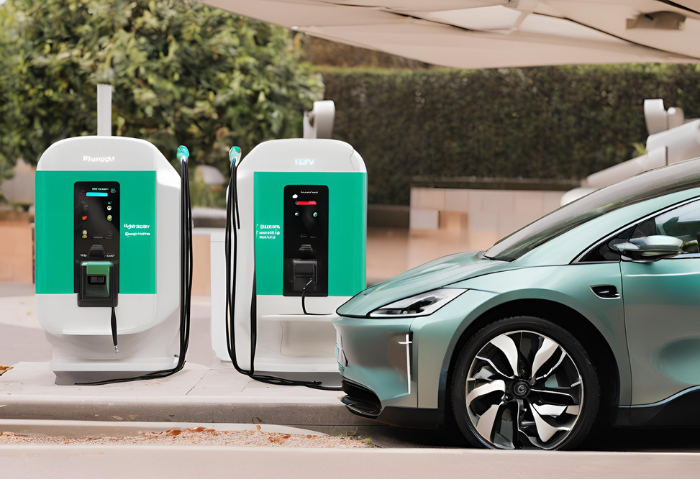
4.1 User Experiences with Level 3 Charging
Discover firsthand accounts of EV users’ experiences with Level 3 charging, including testimonials and case studies:
Testimonials: EV drivers share their experiences using Level 3 chargers, highlighting the convenience, speed, and reliability of rapid charging sessions during long-distance travel or on-the-go charging needs.
Case Studies: Real-life examples illustrate how Level 3 charging infrastructure supports electric mobility and addresses drivers’ charging needs, showcasing successful deployments, user satisfaction, and operational efficiency.
4.2 Common Concerns about Charger Availability and Reliability
Explore common concerns raised by EV users regarding Level 3 charger availability and reliability:
Availability: Users may express concerns about the availability of Level 3 chargers, particularly in certain regions or along specific travel routes. Issues such as charger congestion, downtime, or out-of-service stations can impact users’ charging experiences and travel plans.
Reliability: Reliability concerns may arise due to factors such as charger malfunctions, compatibility issues, or network connectivity issues. Users may share their experiences dealing with unreliable charging infrastructure and offer insights into mitigating risks and planning alternative charging routes.
4.3 Comparison Across Different EV Models
Gain insights into how various EV models perform with Level 3 charging and any necessary adapters or settings:
Charging Performance: Users compare the charging performance of different EV models with Level 3 chargers, including charging speeds, battery management systems, and compatibility with charging networks.
Adapters and Settings: Users discuss any necessary adapters, connectors, or settings required for optimal Level 3 charging performance across different EV models, offering practical advice for EV owners and prospective buyers.
5. Economic and Environmental Impact
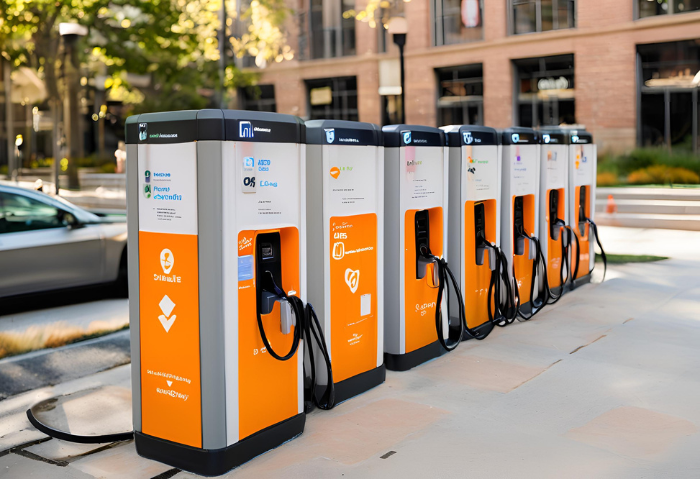
5.1 Cost-Benefit Analysis of Level 3 Chargers
Evaluate the economic implications and potential return on investment (ROI) for businesses and municipalities deploying Level 3 charging infrastructure:
Business ROI: Assess the upfront costs, operational expenses, and potential revenue streams associated with installing and operating Level 3 charging stations. Consider factors such as electricity costs, equipment maintenance, charging session fees, and ancillary services (e.g., parking fees, retail sales) to determine the economic viability of investments in charging infrastructure.
Municipal Considerations: Explore the economic benefits for municipalities, including job creation, tourism revenue, and increased economic activity resulting from EV adoption and expanded charging infrastructure. Analyze funding sources, grant opportunities, and public-private partnerships to finance charging station deployments and maximize community benefits.
5.2 Revenue Models for Level 3 Charging Stations
Examine revenue models and business strategies for monetizing Level 3 charging stations:
Pay-per-Use: Charge drivers based on the duration or energy consumed during charging sessions, with pricing structures tailored to attract customers while covering operational costs and generating revenue.
Subscription Services: Offer subscription-based charging plans, memberships, or loyalty programs to incentivize recurring usage and provide additional value-added services (e.g., priority access, discounts) to subscribers.
Partnership Opportunities: Collaborate with retail establishments, hospitality providers, and commercial property owners to integrate charging infrastructure into existing business models and revenue streams, leveraging cross-promotional opportunities and shared infrastructure costs.
5.3 Environmental Benefits and Challenges
Assess the environmental impact and potential emissions reductions associated with Level 3 charging.
Emissions Reduction: Analyze the environmental benefits of electrifying transportation and reducing greenhouse gas emissions through the widespread adoption of electric vehicles and rapid charging infrastructure. Quantify the emissions savings resulting from displacing fossil fuel-powered vehicles with EVs and promoting renewable energy integration into the grid.
Resource Consumption and Battery Disposal: Address environmental challenges related to resource consumption, including material extraction, manufacturing processes, and end-of-life disposal and recycling of EV batteries. Explore sustainable practices, circular economy initiatives, and advancements in battery recycling technologies to mitigate environmental impacts and maximize resource efficiency throughout the EV lifecycle.
6. Regulatory and Policy Framework
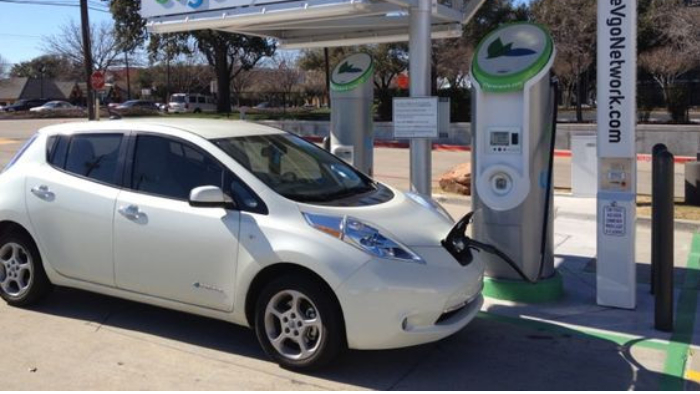
6.1 Regulations and Standards for Level 3 Chargers
Gain insights into the regulatory environment and standards governing Level 3 charging infrastructure:
International Standards: Examine international standards such as CCS (Combined Charging System) and CHAdeMO, which define technical specifications and interoperability requirements for Level 3 charging connectors and protocols. Explore how adherence to these standards ensures compatibility and reliability across charging networks worldwide.
Local Regulations: Investigate local regulations and permitting requirements affecting the design, installation, and operation of Level 3 charging stations. Consider zoning laws, building codes, electrical safety standards, and environmental regulations that may influence deployment strategies and site selection for charging infrastructure.
Impact on Design and Deployment: Analyze how regulatory compliance and standards adherence influence the design, deployment, and operation of Level 3 charging infrastructure. Explore best practices for navigating regulatory hurdles, securing permits, and mitigating regulatory risks to facilitate successful charging network deployments.
6.2 Government Incentives and Support
Explore the array of government incentives and support mechanisms available to encourage the adoption of Level 3 charging:
Incentive Programs: Provide a detailed list of current government incentives, grants, tax credits, and rebates available for investing in Level 3 charging infrastructure. Highlight eligibility criteria, application procedures, and potential financial benefits for businesses, municipalities, and charging network operators.
Policy Analysis: Conduct an analysis of how policy changes, including shifts in funding priorities, regulatory frameworks, and climate initiatives, could influence the growth and sustainability of the Level 3 charging network. Evaluate the impact of policy levers such as infrastructure funding, emission reduction targets, and clean energy incentives on charging infrastructure deployment and EV adoption rates.
7. Future Directions
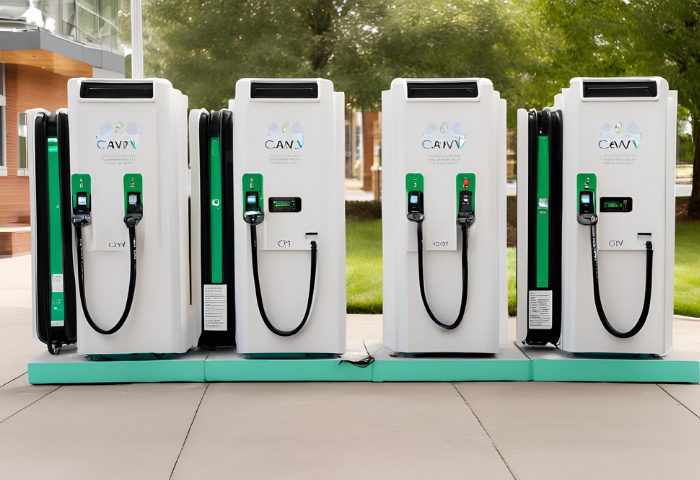
7.1 Advancements in Level 3 Charging Technology
Peer into the crystal ball to envision the future of Level 3 charging technology:
Increased Charging Speeds: Predictions suggest that future Level 3 chargers will boast even faster charging speeds, leveraging advancements in power electronics, battery management systems, and cooling technologies. Enhanced charging rates will minimize wait times and further accelerate the adoption of electric vehicles.
Extended Compatibility: Anticipate broader compatibility and interoperability across Level 3 charging networks, facilitated by standardized connectors, communication protocols, and charging profiles. Improved compatibility will enhance user convenience and streamline cross-country travel for EV drivers.
Smart Charging Features: Envision Level 3 chargers equipped with advanced smart charging capabilities, including dynamic pricing, demand response integration, and grid-balancing functionalities. Smart charging solutions will optimize energy usage, reduce peak demand, and support grid stability in an increasingly electrified transportation landscape.
7.2 The Role of Level 3 Charging in the Transition to Fully Electric Transportation
Explore the transformative potential of Level 3 charging in driving the broader transition to fully electric transportation.
Enabling Long-Distance Travel: Level 3 charging infrastructure serves as a critical enabler for long-distance travel and intercity mobility, providing EV drivers with the confidence and convenience to embark on cross-country road trips without range anxiety.
Supporting Mass Adoption: As the automotive industry accelerates towards electrification, Level 3 charging will play a pivotal role in supporting mass adoption of electric vehicles by offering rapid charging solutions that rival the convenience of traditional refueling for internal combustion engine vehicles.
Building Sustainable Infrastructure: Future Level 3 charging networks will be integral to building a sustainable transportation infrastructure, reducing greenhouse gas emissions, improving air quality, and fostering energy independence through the widespread adoption of electric mobility solutions.
In conclusion, Level 3 charging stands as a beacon of innovation and progress in the realm of electric vehicle (EV) charging, offering unparalleled speed, convenience, and reliability. Throughout this exploration, we’ve uncovered the significance and advantages of Level 3 charging, as well as its transformative potential in shaping the future of transportation.
Additional Resources
Further Reading and Educational Resources:
- Electric Vehicle Charging Institute: Offers comprehensive resources, guides, and whitepapers on EV charging technologies, including Level 3 charging. Website: EV Charging Institute
- Society of Automotive Engineers (SAE) International: Provides technical standards, publications, and research papers on EV charging infrastructure, including Level 3 charging protocols. Website: SAE International
- PlugShare: is an online platform offering EV charging station maps, user reviews, and community forums, providing valuable insights into Level 3 charging locations and user experiences. Website: PlugShare
Upcoming Events and Webinars:
- EV World: Hosts conferences, webinars, and exhibitions focused on electric mobility, EV charging infrastructure, and sustainable transportation solutions. Check their website for upcoming events and webinar schedules. Website: EV World
- Electric Vehicle Symposium (EVS): Organizes international symposiums and conferences bringing together industry experts, policymakers, and stakeholders to discuss advancements in EV technology, including charging infrastructure. Visit their website for event announcements. Website: Electric Vehicle Symposium

Henry Michael is a leading expert in EV charging station research, specializing in innovative solutions for electric vehicle infrastructure. With a passion for sustainability and technological advancement, he is dedicated to advancing the accessibility and efficiency of EV charging worldwide.

